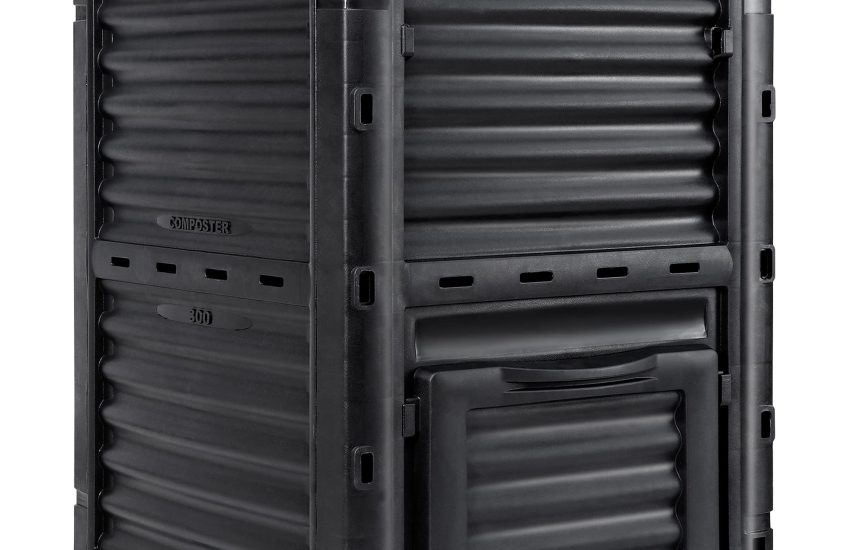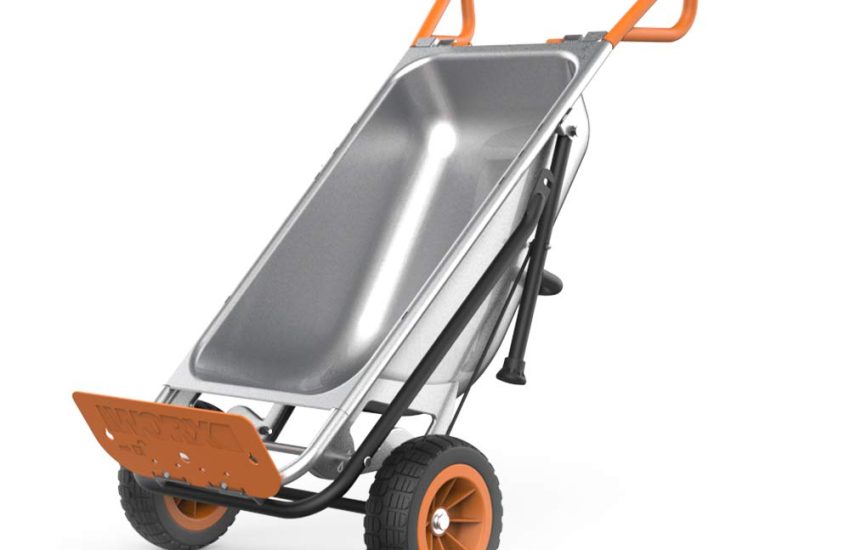Legigo 10 LBS Organic Expanded Clay Pebbles Review: Best for Hydroponics?
We independently select all products and services. If you click through links we provide, Plant Native may earn a commission with no extra cost to you.
We recently tried the Legigo clay balls with our indoor and hydroponic plants. The lightweight pebbles really helped improve drainage and boosted air flow around the roots.
They’re great for creating a barrier in pots, keeping soil from getting soggy. The size varies a bit, but honestly, that works out for different pot types.
We’ve noticed some plants seem to thrive better with these pebbles than just plain soil.
Overview of Legigo 10 LBS Organic Expanded Clay Pebbles
We found these clay pebbles handy for improving drainage and air flow in our plant pots. The size range actually makes them suitable for small to medium plants.
Their lightweight feel made pouring and handling a breeze. The porous texture keeps roots well-oxygenated and avoids waterlogging.
They also hold a bit of moisture and nutrients, letting plants draw from them slowly. The pebble size does vary, which might annoy folks who want uniform grains.
We used them as a reusable growing medium, especially for hydroponics and orchids. The resealable packaging kept leftovers fresh for next time.
Key Features
The clay pebbles impressed us with their balance of important qualities. Using them in our indoor plants and hydroponic setups showed some real benefits, plus a few minor drawbacks.
All Natural Expanded Clay Composition
The clay balls feel solid and natural. They’re baked hard, so they don’t crumble like some cheaper options.
We didn’t notice any smell or residue, which made them pleasant to use around the house. Since they’re pH neutral, they won’t mess with soil acidity.
These pebbles are genuinely all natural, which gives us confidence for garden use.
Exceptional Drainage and Aeration
What really stands out is how these pebbles manage water and air. Their porous surface and size keep water draining efficiently and let air reach the roots.
This stopped waterlogging in our tests, which is a common headache with many growing media. The extra airflow keeps roots healthy and might even lower soil temperature a bit, which is good for growth.
Moisture and Fertilizer Retention
These clay balls absorb water, but they don’t stay soaked. They slowly release moisture when the soil dries out, helping plants avoid stress between waterings.
We also noticed the pebbles hold nutrients and let them out gradually to the roots. They’re useful as part of a balanced watering and feeding plan, but you’ll still need to fertilize as usual.
Lightweight and Resealable Packaging
The packaging is practical. The bag feels light, and the 10-pound size is easy to handle.
It reseals well, so you can use what you need without a mess. That keeps the rest fresh for later, which is handy if you don’t use a ton at once.
| Pros | Cons |
|---|---|
| Natural, sturdy clay balls | Not a complete fertilizer on their own |
| Good drainage and aeration | Pebble sizes may vary slightly |
| Slow moisture release | Some may find the pebble texture rough |
| Easy to store and reuse | Requires rinsing between uses |
Pros and Cons
When working with planting mediums like these clay pebbles, it’s worth weighing what works well and what could be better. After using them for a while, we noticed some clear advantages and a few drawbacks.
Pros
- Great Drainage and Aeration: The porous texture keeps water moving and lets air reach roots easily. This really helps prevent overwatering.
- Lightweight and Easy to Handle: The pebbles are light and come in handy sizes for small to mid-sized plants and pots. Storing leftovers is simple thanks to the resealable pouch.
- Retains Moisture and Nutrients: These clay balls hold onto water and fertilizer, slowly releasing them to plant roots as needed.
- Multipurpose Use: They work well for hydroponics, aquaponics, orchids, and as a soil additive. We found them useful for indoor plants and garden setups.
- Durable and Odorless: They’re sturdy, don’t break easily, and have no bad smell, making them convenient for repeated use.
Cons
- Size Variation: The pebbles come in mixed sizes, which might not fit all plant setups perfectly. More consistent sizing would help for specific needs.
- Surface Cleaning Needed: To reuse, you’ll need to wash them thoroughly. It adds an extra step when planning multiple planting cycles.
- Not Sterile: Since they’re natural clay, they might carry contaminants if you don’t clean them properly before use.
- Packaging Concerns: The packaging is simple, so if you leave it open too long, freshness might suffer.
Multipurpose Applications
We found these clay pebbles useful in all sorts of gardening setups. They work well in hydroponic systems, helping roots get enough air and water without sitting in soggy soil.
For orchids and indoor plants, the pebbles provide good support and moisture control. Using them as a drainage layer in pots prevented water buildup, which is great for plants prone to root rot.
Mixing them with regular soil improved airflow and kept the soil from compacting. The pebbles can be cleaned and reused, making them a flexible option for different plant needs.
Size varies a bit, so you might want to sort them depending on your project. They fit many growing styles, from terrariums to rooftop gardens.
Customer Reviews
We found that this clay pebble mix works well for improving drainage and keeping plant roots healthy. Many users saw their plants grow better after switching to these pebbles, especially with water propagation and orchids.
Some liked the size variety for different plant types, but others wanted more uniformity. The lightweight nature makes them easy to handle, and they work well as a base layer to prevent root rot.
A few people mentioned the dark color helps block light and reduces algae growth in water. On the downside, some customers had concerns about packaging and product consistency.
The pebbles perform as expected, but they might not be perfect for everyone.
After trying out the Legigo clay pebbles, I noticed they really do help with drainage. My plants seemed healthier, and honestly, the mix of pebble sizes fit a bunch of different plant pots.
They’re super lightweight, which just makes handling easier. I appreciated not having to lug around heavy bags.
Some pebbles turned out bigger than I expected though, so the size isn’t always spot-on. Still, these clay balls give roots plenty of air and keep soil from getting too compacted.
If you’re after something simple and natural for hydroponics or just better drainage, these work pretty well. Not perfect, but definitely practical.



